Lemon Balm has very few pests or diseases. However, they can suffer root rot if overwatered. Regardless of the cause, you’ll want to take several steps to prevent further problems. First, remove the damaged leaves and discard them. As a precaution, if you use clippers, wipe them with alcohol before using them on healthy leaves or plants. You may want to put some organic mulch around your plants, making sure not to allow the mulch to lay next to the plant stems. Not only does that keep any soil born organisms from splashing onto the leaves, it keeps the soil temperature even and reduces water needs. Also, water only when the plants need watering. Feel the soil before watering, making sure it’s not already wet. Because all plants in the mint family will begin to droop a little when they need water, that’s another good indication that it’s time to water. It needs to be outdoors in full sun and the leaf damage is likely the result of chewing insects. An effective organic control against chewing insects is one formulated with Spinosad, but spray in the early evening after bees have returned to their hives. Once the spray is dry, it is safe for beneficial insects. If these measures don’t improve your mint’s condition, you may want to take several damaged leaf samples to a local nursery for a closer inspection to rule out any other disease process.
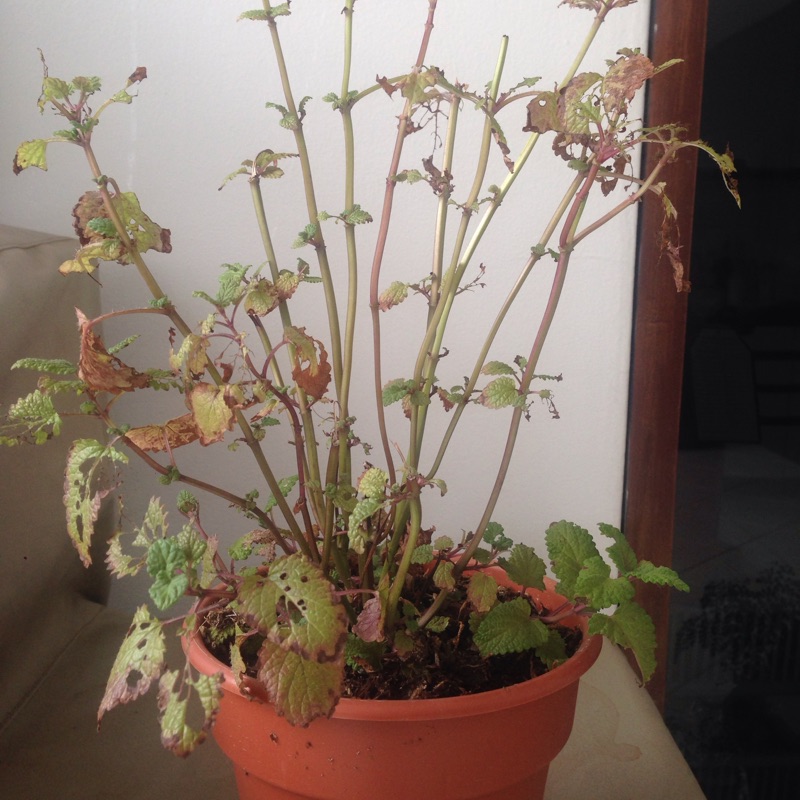
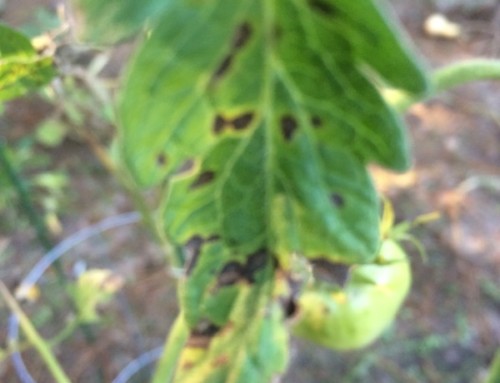
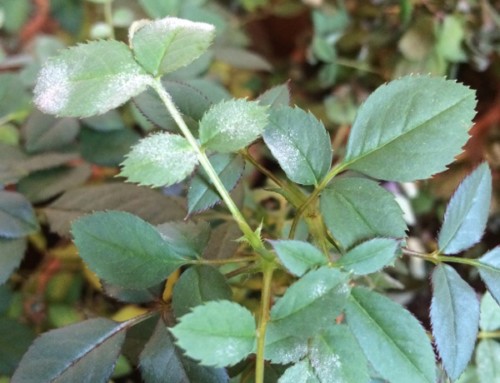
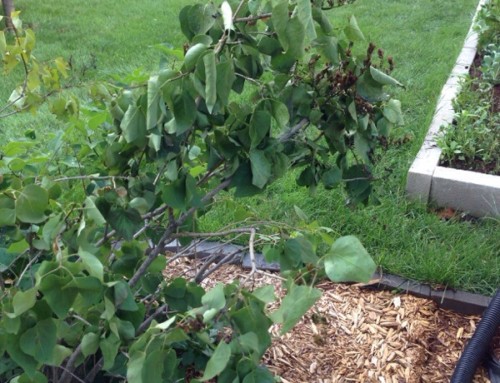
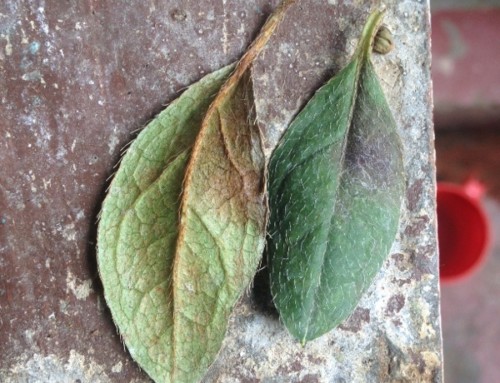
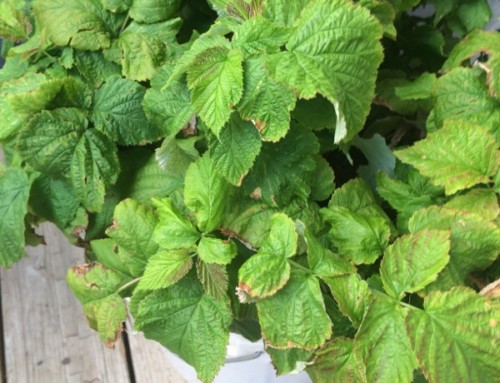
Leave A Comment